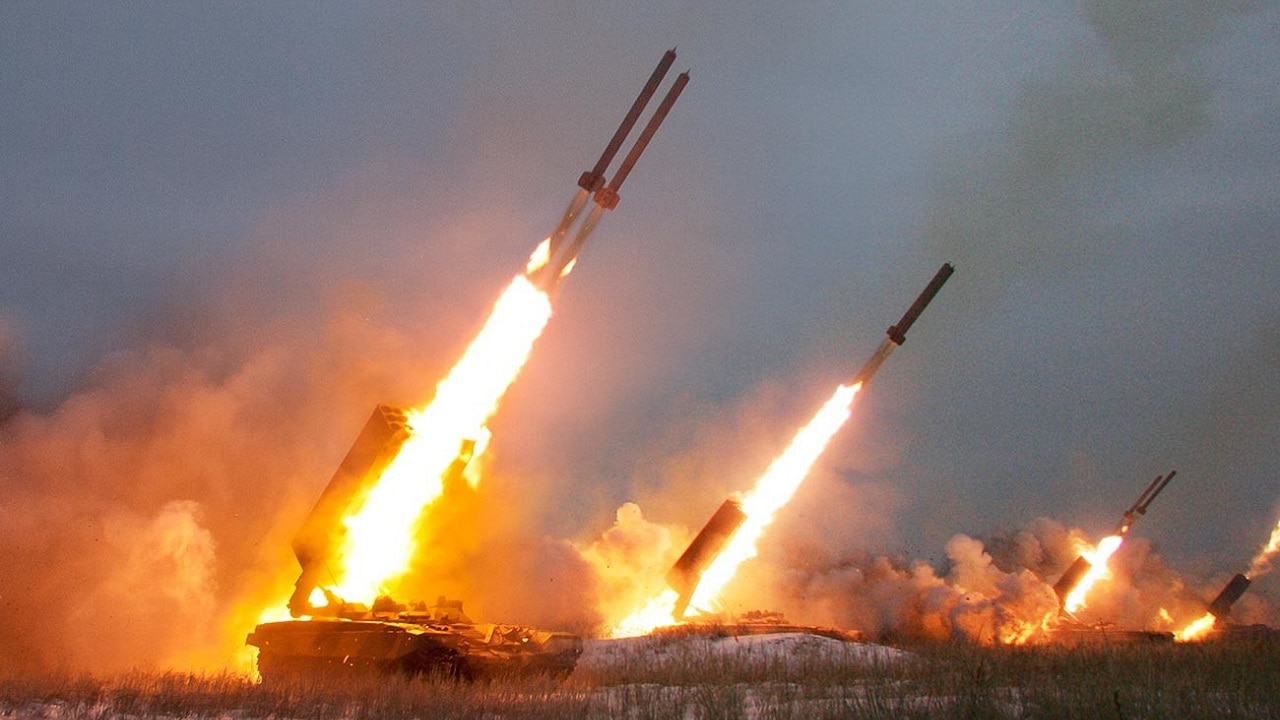Cluster munitions recently made headlines when U.S. President Joe Biden revealed his administration’s intent to provide these controversial weapons to Ukraine last week. Yesterday, these weapons reportedly arrived in Kyiv to support the country’s counter-offensive efforts.
When U.S. National Security Adviser Jake Sullivan announced this plan, he explained that these munitions would be encased in 155mm artillery shells as part of the latest American aid package worth roughly $800 million.
Cluster bombs have been banned by more than 120 countries for the danger they pose to civilians in the long-run, which is why human rights groups have condemned the White House’s decision.
Cluster munitions are a type of ground-launched or air-launched explosive weapon that carries hundreds of smaller submunitions (bomblets). Since these types of bombs can release submunitions in a wider area, they pose a risk because they can erupt at various times. If Russia’s invasion of Ukraine ended tomorrow, for instance, unexploded submunitions could go still go off and kill or injure civilians. For this reason, cluster bombs can almost be looked at in the same way as landmines.
These explosive weapons are concealed on the ground and designed to destroy enemy targets that are nearby. Landmines can be lethal to vehicles, tanks, combatants and even civilians.
The use of landmines in the ongoing invasion
Since the outbreak of the invasion back in February 2022, Russia has contaminated perhaps more than 30% of Ukraine with deadly minefields. According to some experts, more than 65,000 square miles in Ukraine is riddled with unexploded ordnance, making the invasion the largest deployment of such mines since the Second World War. Russian forces have more recently deployed landmines to hinder Ukraine’s counteroffensive efforts and to defend their own positions.
Ukraine’s State Emergency Service reported last month that at least 121 civilians have been injured in the Karkiv region alone, however, this number is probably higher now and will continue to increase over the years.
Both Moscow and Kyiv have deployed unexploded ordnance in the war
Human Rights Watch has confirmed that Russia has deployed at least seven types of antipersonnel mines across Kharkiv, Kyiv, Donetsk and Sumy. Ukraine has also been guilty of dropping unexploded ordnance in the area.
According to the international watchdog, “Ukrainian forces appear to have extensively scattered landmines around the Izium area, causing civilian casualties and posing an ongoing risk. Russian forces have repeatedly used antipersonnel mines and committed atrocities across the country, but this doesn’t justify Ukrainian use of these prohibited weapons.” However, the group also noted that Moscow remains the only party in the ongoing conflict to have used banned antipersonnel mines.
Obviously, unexploded ordnance in Ukraine will be a disaster for the country post-war. While landmines are harmful to civilians, these mine fields have also proven effective at harming Russia’s own military equipment. This week, the open-source intelligence group Ukraine Weapons Tracker released a video depicting the destruction of a Russian BTR-80. In the footage released by @UAWeapons, the Russian vehicle is seen running over a mine before being destroyed.
While the long-term ramifications of minefields will be a tedious obstacle to overcome for Ukraine, perhaps some of its short-term impacts (specifically, their ability to take out Russian assets) is not as horrible.
Maya Carlin, a Senior Editor for 19FortyFive, is an analyst with the Center for Security Policy and a former Anna Sobol Levy Fellow at IDC Herzliya in Israel. She has by-lines in many publications, including The National Interest, Jerusalem Post, and Times of Israel. You can follow her on Twitter: @MayaCarlin.

